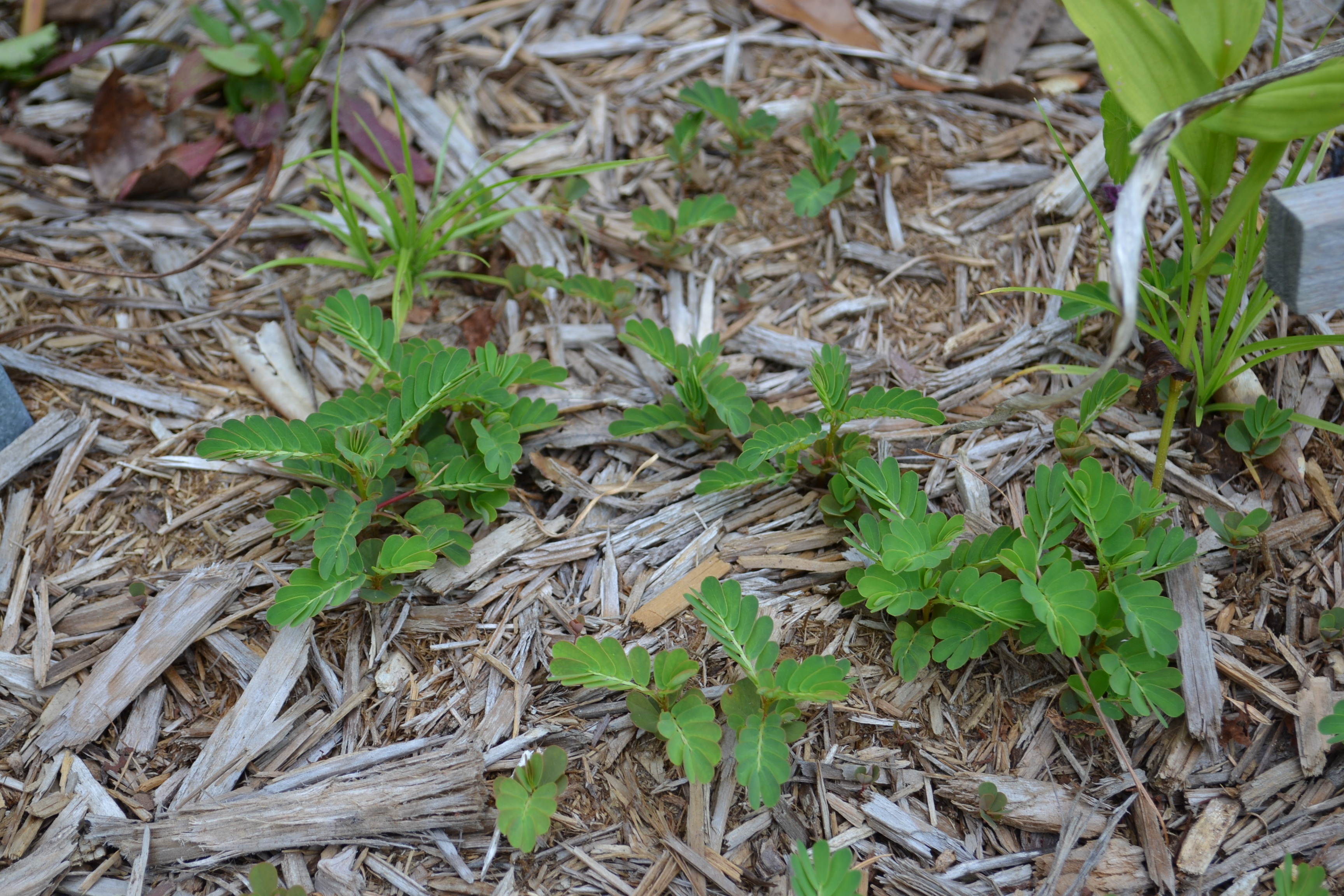
by Beth Bolles | Sep 16, 2015
Just when you think your battle against weeds is over for the summer, cooler nighttime temperatures and shorter days spark the beginning of a new crop of your least favorite plants. The question of many homeowners is: how did all the weeds get into my landscape?
There are many ways that weeds make it to the landscape. They can be brought in with new soil, mulch, container plants, dropped by birds, delivered on the fur of animals, carried by wind, or on the deck of a lawn mower. If that is not enough to depress you, then also realize that regardless of outside sources of weeds, your landscape already has plenty onsite that you don’t even know about.
In the soil, there is a large number of weed seeds ready to germinate when the conditions are just right. Understanding how your common landscape practices can encourage or discourage the germination of these seeds, can help you begin to manage some weed infestations.
Many of the seeds of common annual weeds are very small. They require exposure to sunlight in addition to the proper temperatures and moisture to germinate. Sunlight is critical, though, and seeds will not germinate without adequate sunlight. If the small seeds are deep in the soil, you will probably never know they are there. When you turn soil or disturb soil such as when installing plants, you bring the small seeds close to the surface and closer to light. They can then be stimulated to germinate. The next thing you know, you have an area covered in weed seedlings.
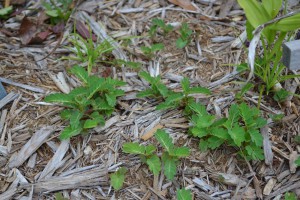
As mulch thins, small seeds of weeds are stimulated by sunlight to begin growing.
What does this mean for your gardening practices? Try your best to block sunlight from hitting exposed soil. You can do this by keeping a healthy turf, free of thinning spaces. A 2 to 3 inch layer of mulch in plant beds and vegetable gardens will reduce weed seed germination. Finally, when you are installing plants in an established bed, try not to mix soil with surrounding mulch. Seeds will easily germinate within the mulch if it becomes mixed with soil.
It is inevitable that your landscape will have some weeds but a few easy gardening practices can reduce some of your weed frustrations.
For more information:
Gardening Solutions: Weeds and Invasive Plants
Improving Weed Control in Landscape Planting Beds
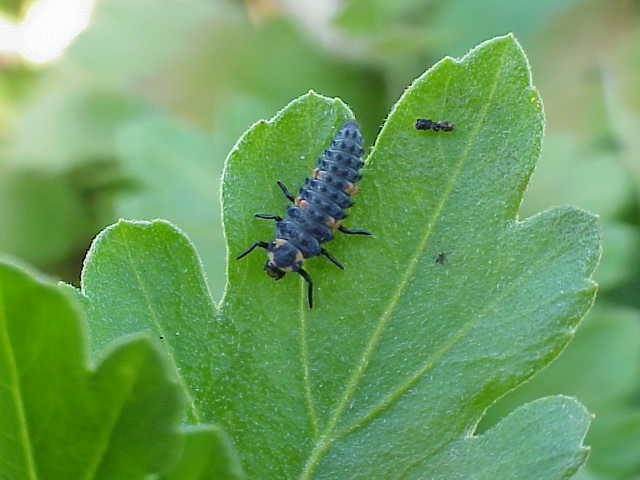
by Beth Bolles | Aug 26, 2015
It would seem that landscapes are filled with pests ready to devour our favorite plants. We can often see evidence of pest damage in the form of leaf curls, stippled leaves, or chewed holes in foliage. How do plants survive with all the pest threats without intervention from people?
Many plants have their own alert system to help manage a plant-feeding insect attack. When tissues are damaged by plant feeders, the plant releases volatile chemicals that serve as signals for many beneficial insects. Predators such as lady beetles, lacewings, and predatory bugs ‘pick up’ the chemical signals and fly to the injured plants to find their prey.
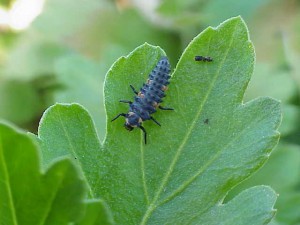
Ladybeetle larvae will eat many soft-bodied pests.
An interesting part of this occurrence is that the release of chemicals by one plant can stimulate other surrounding plants to build up their chemical defenses against future pest feeding.
The key lesson for all gardeners is that there are many natural processes going on without our knowledge. Instead of immediately applying a broad-spectrum insecticide at the earliest sign of pest feeding on a plant, give the predators a chance to provide you with a free and environmentally sound form of pest control.
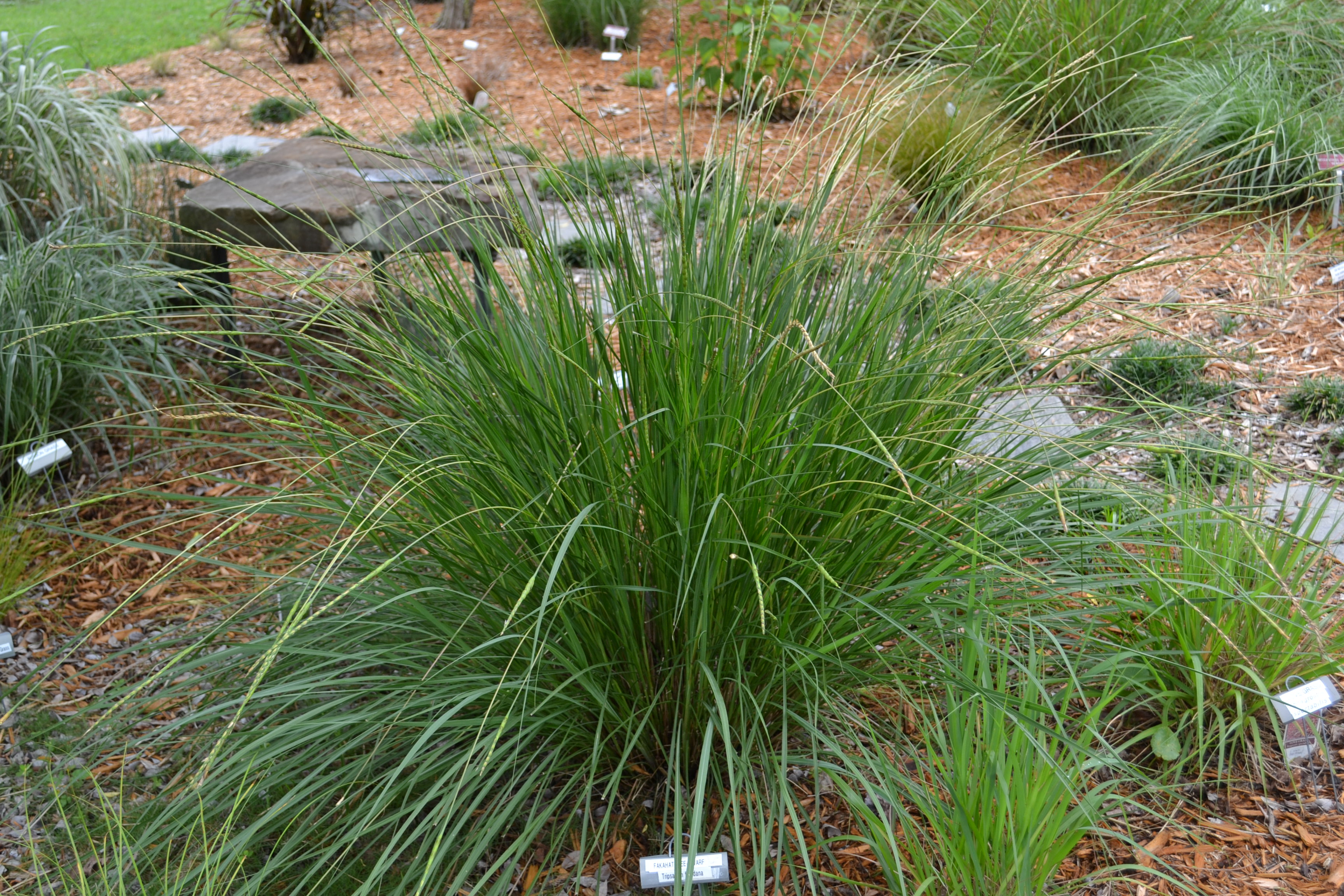
by Beth Bolles | Jul 20, 2015
Native plants can more readily be found in local nurseries to enhance landscape plantings. Not all natives are suited to every habit so it is still important to match the plant’s requirements with a suitable area in the landscape.
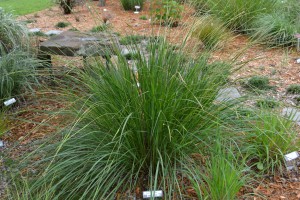
One low maintenance native that is more suited to a specific area is the landscape is the Gamma or Fakahatchee grass (Tripsacum dactyloides and T. floridana). This clumping perennial grass grows best in moist or even boggy soils. It has attractive green foliage and upright flower stems that appear in mid summer. Although the flowers are not very significant, they do have a red color when viewed up close.
The Eastern gamma grass can grow five feet in height so many gardeners prefer the dwarf version that reaches about 2-3 feet in height. Plant in areas of full sun or partial shade as a specimen plant or use in a mass of three or five.
In areas that receive colder temperatures, gamma grass can add fall interest to the garden. Leaves will change to a shade of red with first frost and plants can die back to the ground during freezing winters. New growth returns in the spring. Basic maintenance includes pruning back in the spring.
by Beth Bolles | Jun 29, 2015
One very popular herb for the backyard garden is the evergreen Rosemary, Rosmarinus officinalis which serves as an attractive landscape shrub in addition to its culinary uses. Rosemary grows best in full sun and well-drained soils. When planted in the ground, rosemary can grow 4-5 feet in height and spread. Plants do have beautiful bluish flowers that form in late winter and early spring, providing nectar for bees.
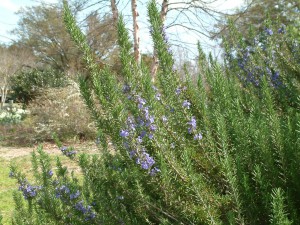
Rosemary is generally a pest free plant but some gardeners may find damage resulting from an insect pest. Rosemary is one of the hosts for the Southern purple mint moth, Pyrausta laticlavia which will lay eggs on several plants in the mint family. Caterpillars feed on leaves along the stems which become matted with silken threads and frass from the insects. As a result of the feeding, leaves are not useable and plants do not look attractive. Heavy populations will stress plants.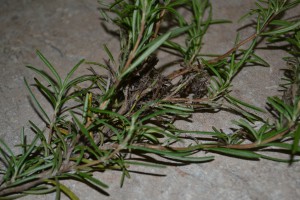
Since rosemary is often used to flavor many foods, many people do not want to use an insecticide on the plant. One least toxic option that can be used safely on edibles is Bacillus thuringiensis. The product is specific for caterpillar management and safe for predators that may help manage some caterpillars. Homeowners may also physically remove caterpillars or prune out damaged stems on larger plants.
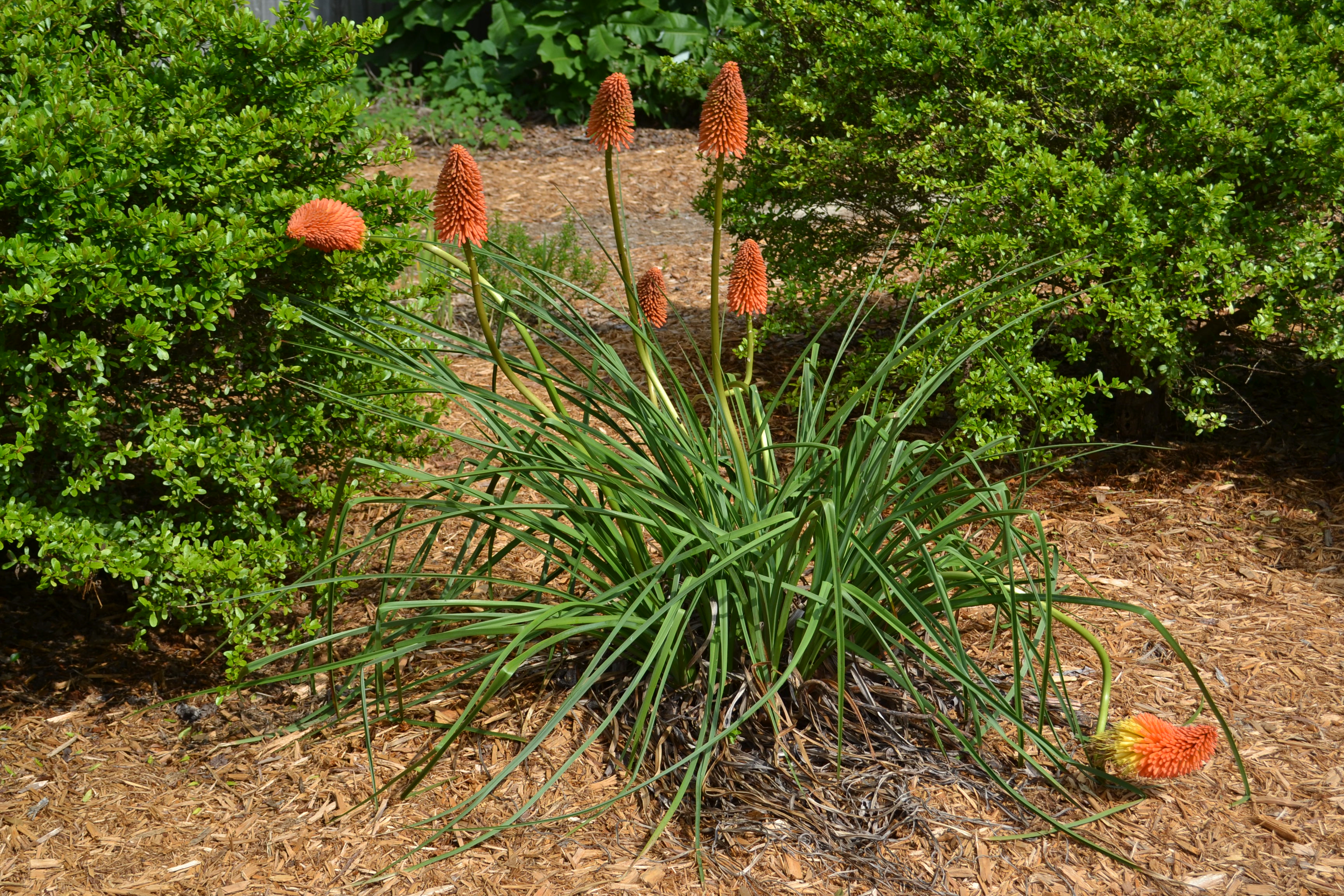
by Beth Bolles | Jun 3, 2015
If you are looking for flower colors to match the heat of June, Red hot poker, Kniphophia uvaria has the blooms that match the season. Also known as the torch lily, this perennial performs well in full sun areas with well-drained soil. Leaves about 3 feet long and 1 inch wide form a clumping plant over the years to about 3 feet in height and 2 feet in spread.
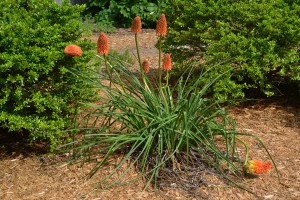
The highlight of the plant are the flowers that form in May and June. Stalks grow above the foliage holding clusters of tubular flowers that emerge red/orange and mature to yellow. Flowers are often in transition between the two colors. Remove flowers after they fade.
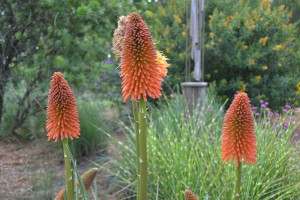
Red hot poker is a low maintenance plant along the Gulf Coast. Extreme cold may set plants back a little but clumps grow well during winters with average cold temperatures. Plants can be divided after several years but the bloom cycle may be delayed following this practice.











